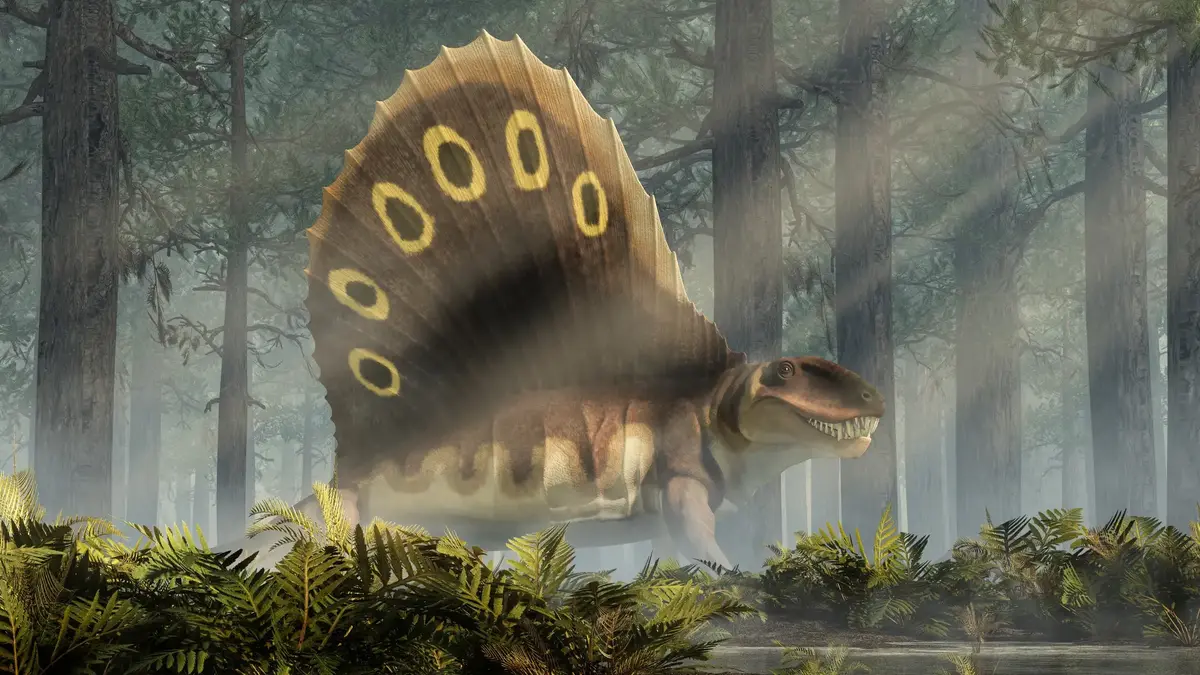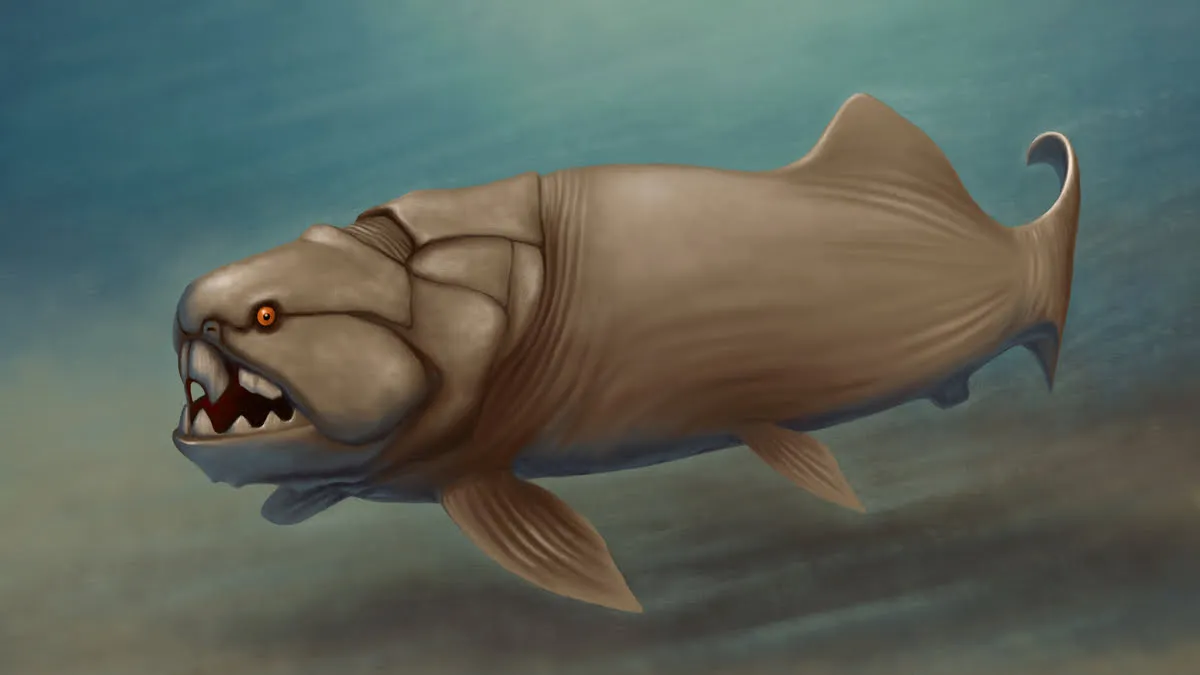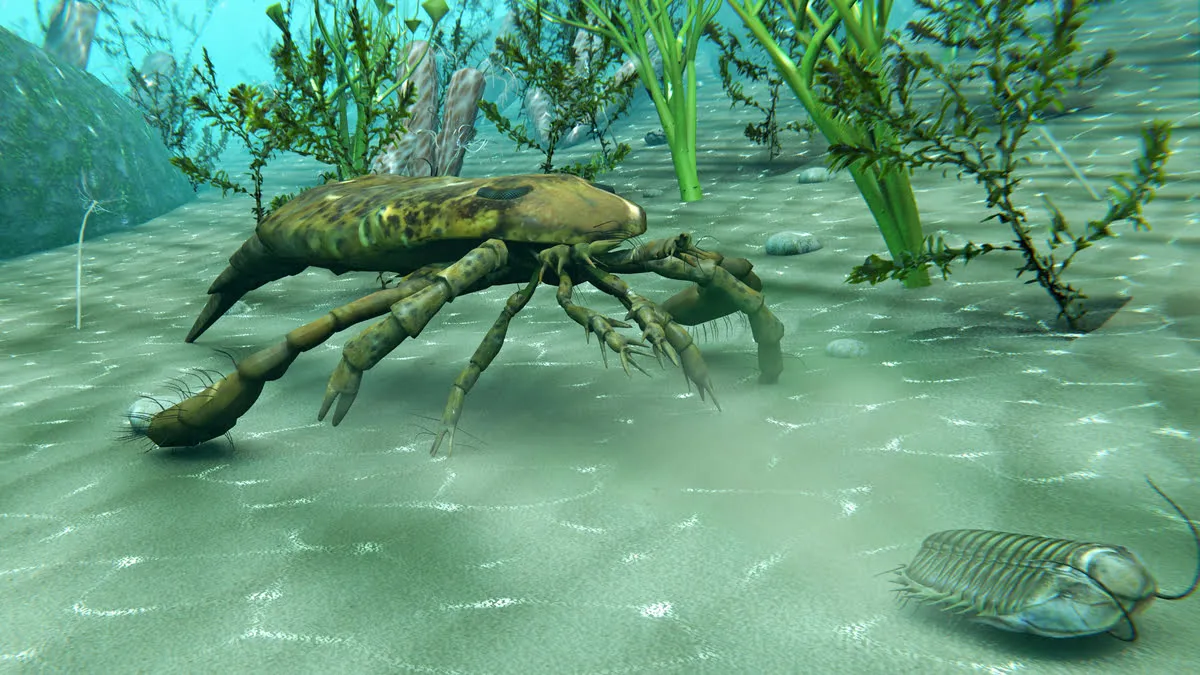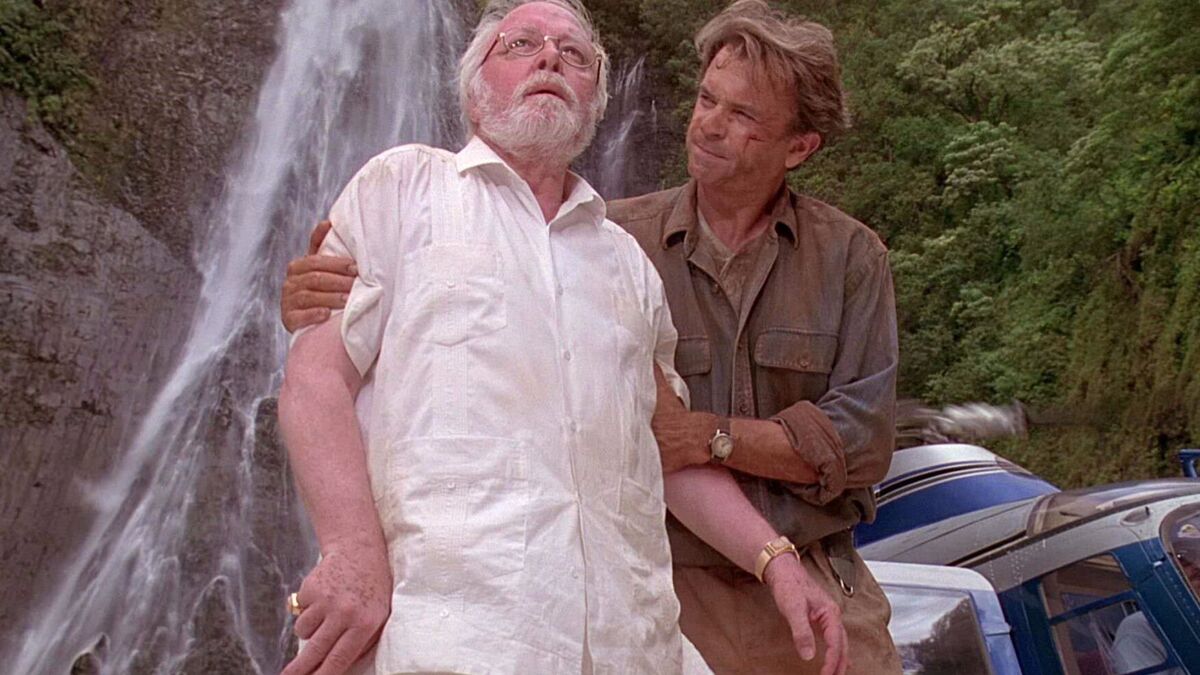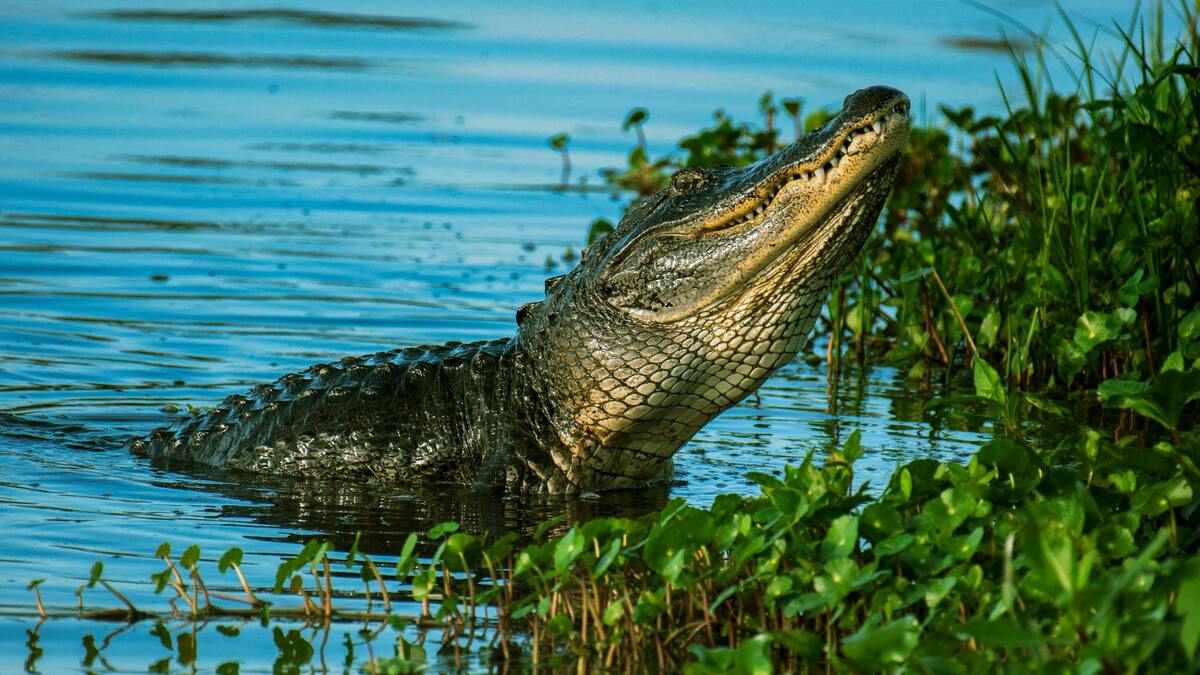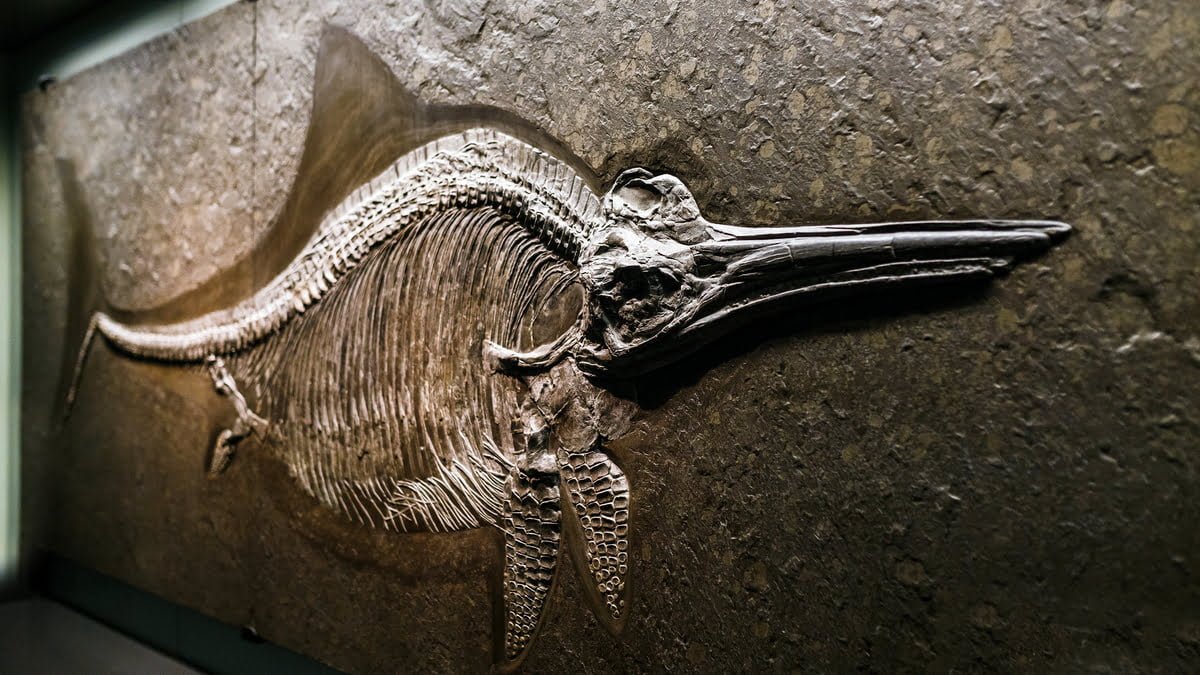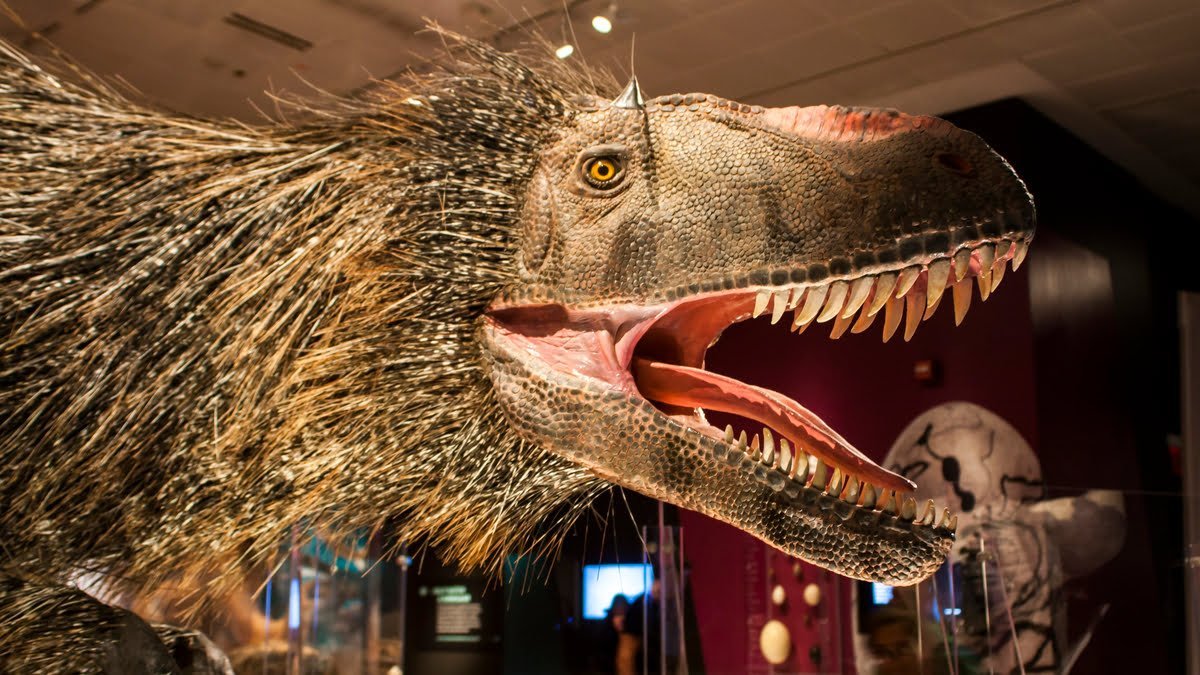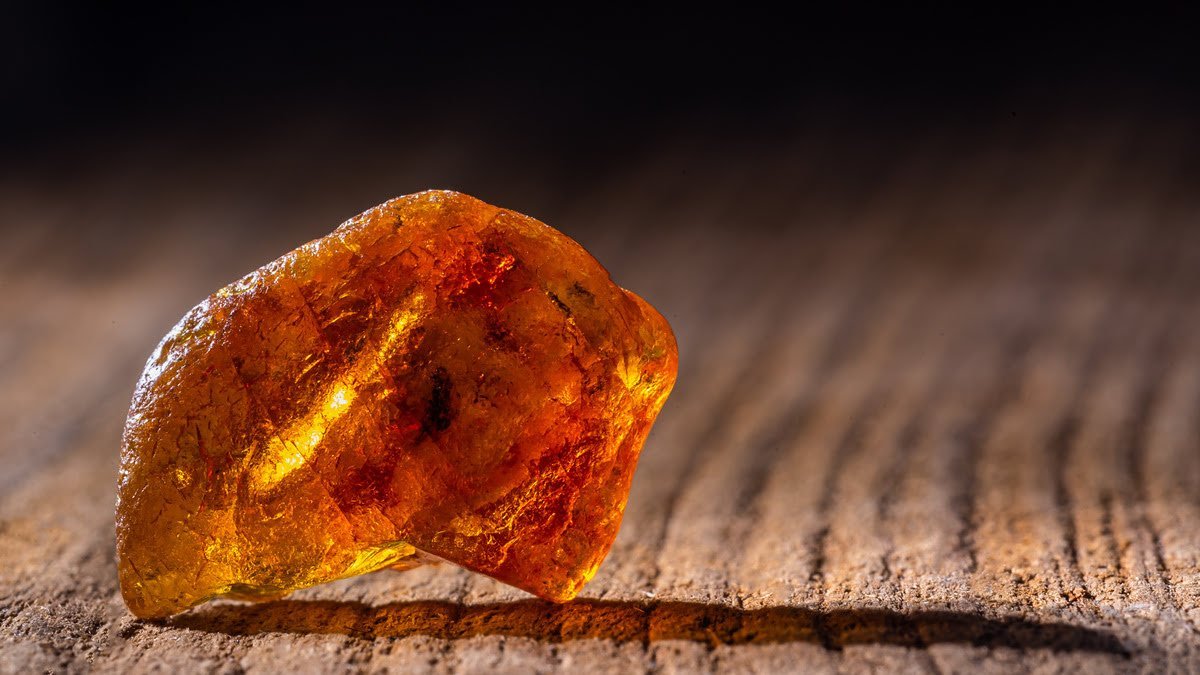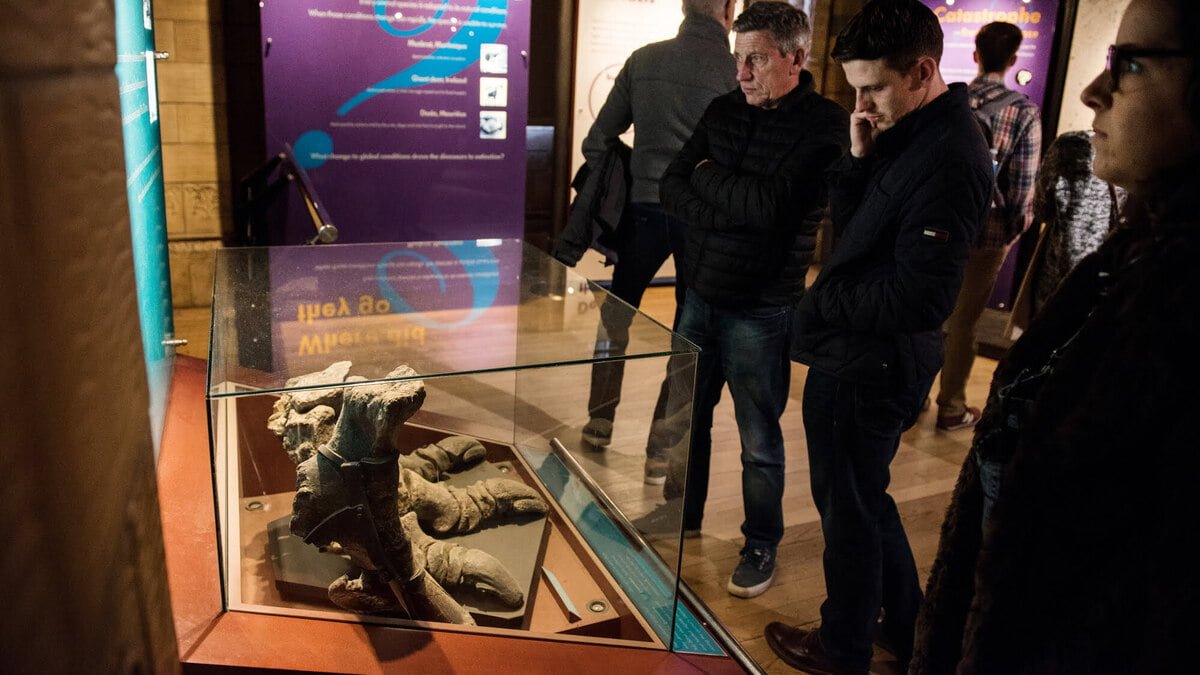What Caused the Permian Mass Extinction?
In our series on mass extinctions, we’ve explored two significant events: the End Ordovician and Late Devonian mass extinctions. During these mass extinctions, many species disappeared. However, life showed remarkable resilience, bouncing back relatively quickly. Imagine comparing Earth’s species just before these mass extinctions to those present a few million years after each event. You might be surprised to find … Continue Reading

